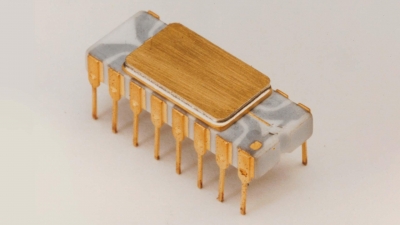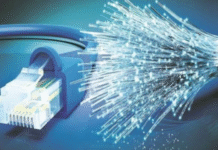New Delhi– Marking the 50th anniversary of world’s first commercially available microprocessor, chip-maker Intel said on Monday that the ‘4004’ processor paved the path for modern microprocessor computing — the “brains” that make possible nearly every modern technology from the cloud to the edge.
In 1969, Nippon Calculating Machine Corporation approached Intel about designing a set of integrated circuits for its engineering prototype calculator, the Busicom 141-PF.
Intel engineer Federico Faggin and his team adapted the original plans for 12 custom chips and designed a set of four chips – including the 4004 CPU – that met the challenge.
With its launch in November 1971, the 4004, at the size of a human fingernail, delivered the same computing power as the first electronic computer built in 1946, which filled an entire room.
“This year marks the 50th anniversary of the 4004 chip. Think of how much we’ve accomplished in the past half-century. This is a sacred moment for technology. This is what made computing really take off!” said Intel CEO Pat Gelsinger.
The success of 4004 proved that it was possible to build complex integrated circuits and fit them on a chip the size of a fingernail.
Its invention also established a new random logic design methodology, one that subsequent generations of microprocessors would be built upon, before evolving to create the chips found in today’s modern devices, Intel said in a statement.
“[Looking back at] 1970, it was clear that microprocessors would change the way that we design systems, switching from using hardware to software instead,” said Faggin, who designed and produced the Intel 4004 with Tedd Hoff and Stan Mazor.
“But the speed with which microprocessors developed over time and were adopted by the industry was really surprising,” he said.
The latest 12th Gen Intel Core processors — which company leaders revealed at the Intel Innovation event in October — will usher in a new era of computing.
The performance hybrid architecture of this new family represents an architectural shift made possible by close co-engineering of software and hardware and will deliver new levels of leadership performance for generations, said Intel. (IANS)








